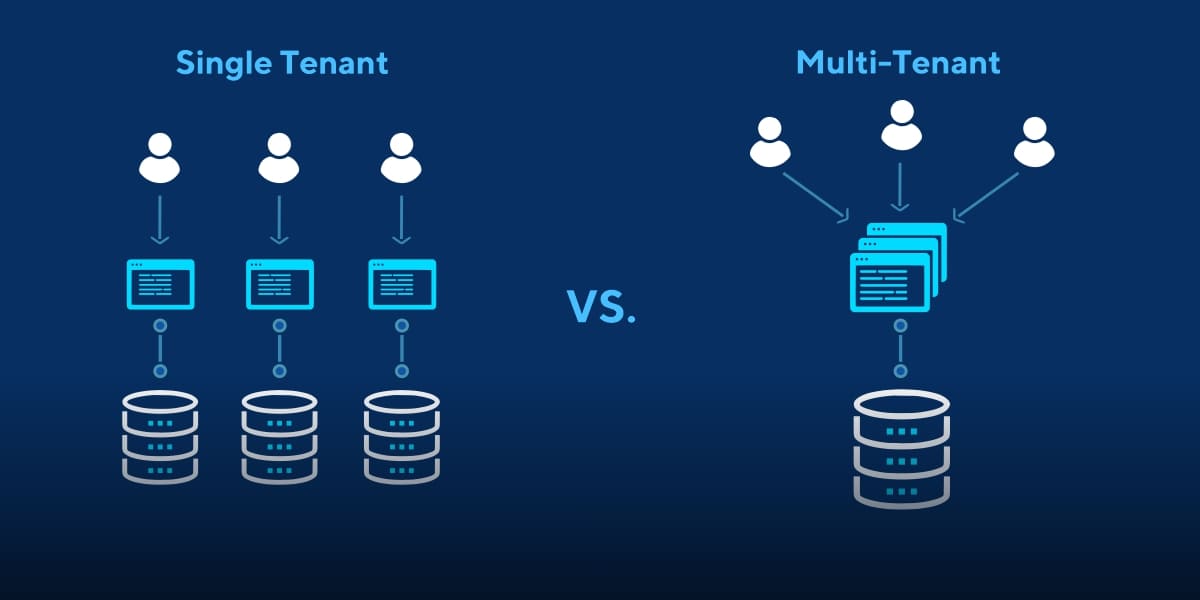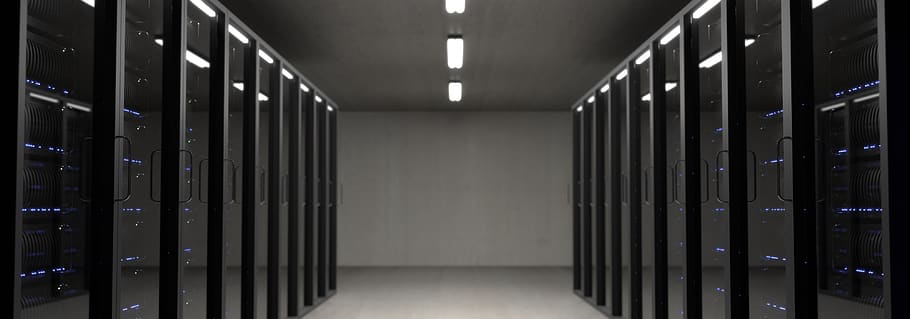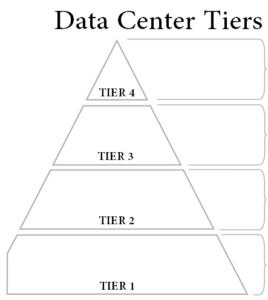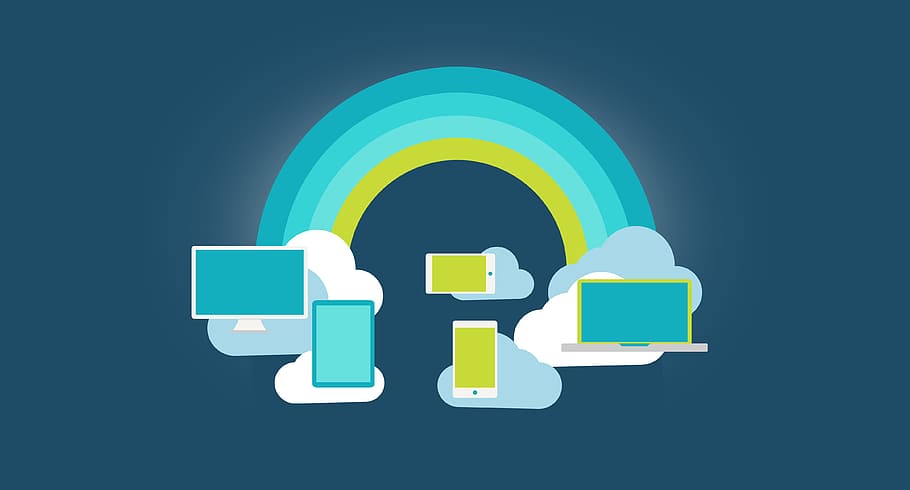One of the biggest challenges now is picking suitable candidates to form the best team to develop and lead the information technology industry. This issue now gets razed because of the bulk of graduates. Many universities exist worldwide; these universities take students in size and pass students in bulk.
In the market, distinct skill sets of people live without a job.
Over the previous two decades, the IT business has grown dramatically. And it has created more room for growth in the industry, encouraging more individuals to take part. Both the individuals who work in a business and the recruiters enjoy the benefits.
But this creates many rivalry and problems in the sector.
Common IT Recruitment Challenges
Companies are struggling to find competent IT candidates. Part of the reason for this is that there aren’t enough qualified candidates in the tech sector to meet the growing need for brilliant technical abilities. These candidates do not have enough sensitive skills, experience, and formal education as part of the technical team.
The number of competent designers is outnumbering demand in the IT industry. According to Cyber Nations, there were 3.9 million corporate job advertising for computer jobs in the United States alone in 2020, with just a tiny fraction of individuals with software engineering degrees accessible.
Here are some of the most typical recruitment difficulties that IT professionals hear about, as well as some strategies to solve them:
Attracting Suitable Applicants
If you’ve ever tried to identify the up-and-comer among a field of unqualified prospects, you know how limited your options are.
The right to select is a human right. One may choose the most exemplary individual who is knowledgeable rather than chatty. It’s not always about the number of individuals that apply; most times, the best approach to locating the people is to go through a smaller pool of highly qualified candidates.
Solution
Be specific about the requirements in your job postings and include an overview of the position. To directly address your fundamental problems, use an application format with ‘take out’ questions. Do you, for example, require someone with a valid driver’s license? If your rivals have one, include a yes/no question in your survey—a fast way to weed out those who aren’t suitable for the position.
Using Data-Driven Recruitment
Companies may use recruitment data and metrics to improve their hiring process and make better decisions. Gathering and preparing data may be a challenge. Accounting sheets are one way to keep track of recruitment data. However, they involve manual labor, are prone to human error, and are inconsistent.
It’s tough to keep track of data and trends precisely because of this. Recruiting teams require methods for efficiently gathering and sorting information.
Solution
You may use frameworks like ATS, Google Analytics, or enrollment marketing programs to store data and helpful export reports. You don’t have to adhere to every single selection metric available. Consult with top management to choose a handful of metrics that are appropriate for you and your company.
Creating a Powerful Employer Brand
A good business brand can help you attract and connect with superior rivals. Organizations that invest resources in company marketing are more likely to make a good hire. It is, however, an unexpected engagement that may range from ensuring a pleasant candidate experience in promoting your lifestyle via social media.
It’s a long-term, collective effort that requires you to break free from your usual duties and get support from your coworkers.
Solution
Always respond respectfully to negative and positive internet reviews. Allow your coworkers to tell you about their jobs and hobbies (for instance, through web journals and videos). Alternatively, if you are a good employer, it will show.
Hiring Too Quickly
Hiring teams must enroll as soon as possible since vacant jobs cost money and delay activity. However, depending on your business, finding a candidate may encourage squeezing spotters and perplexing hiring groups. The inability to recruit quickly might result from a scarcity of competent competitors. The recruiting cycle may overly protract, or hiring parties may not agree, resulting in the best up-and-comers getting employed elsewhere.
Solving this problem requires businesses to examine the company’s hiring process and determine whether most recruitment phases are necessary. Do we have quick discussions with rivals and one another? Metrics from your applicant tracking system (ATS) can help you answer this slew of questions.
The Most Effective Recruitment Strategy for Overcoming Common Difficulties
Even seasoned hiring managers and interviewers may need to improve their recruitment skills. Fighting tendencies are a common reason for recruiting teams to get trained. Still, it’s also important to teach them how to ask the right questions and build compatibility with applicants. Here are some ideas for preparing recruitment groups:
- Educate interviewers on how to prepare for interviews in the best possible way. Providing them with a schedule will be beneficial.
- Encourage them to take Harvard’s Implicit Association Examination to uncover their hidden biases.
- Mock interviews should get planned. Diversification will be beneficial for interviewers who are new to the job.

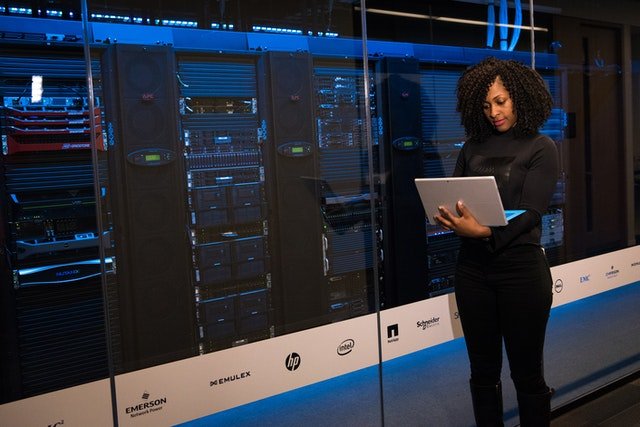
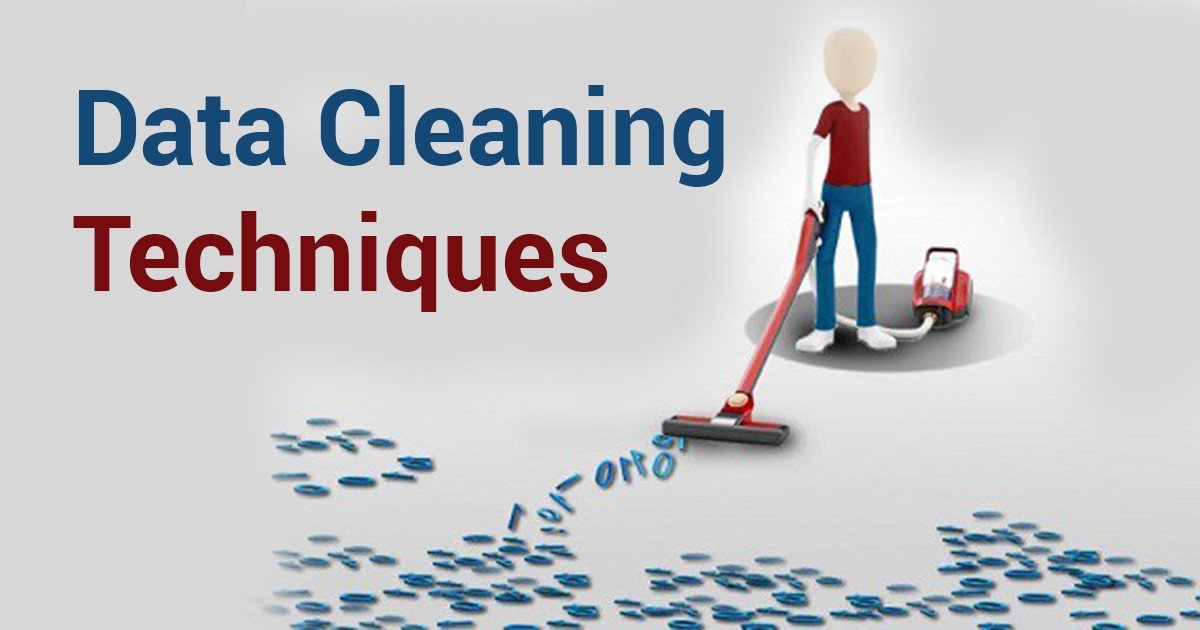
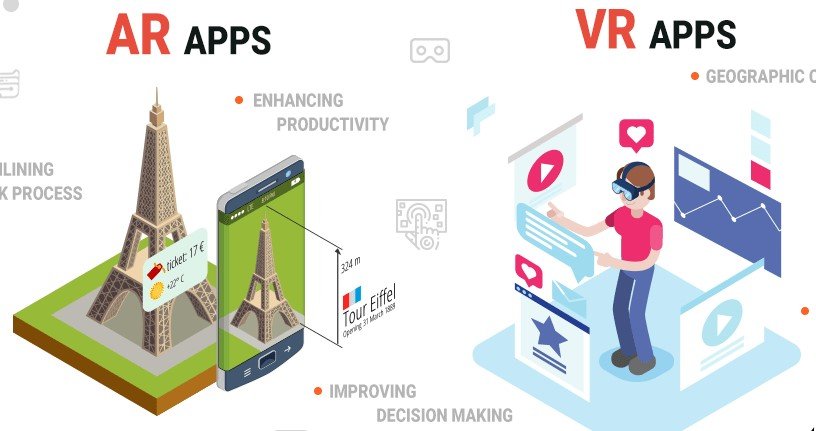
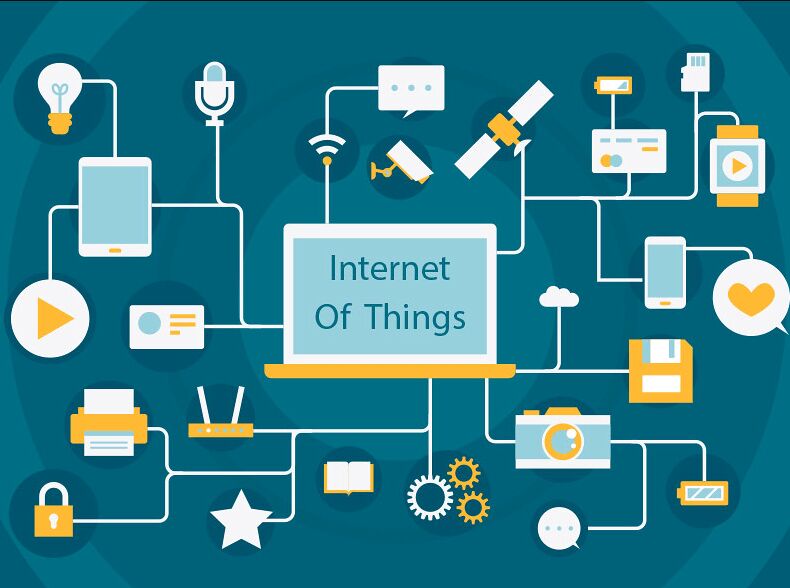
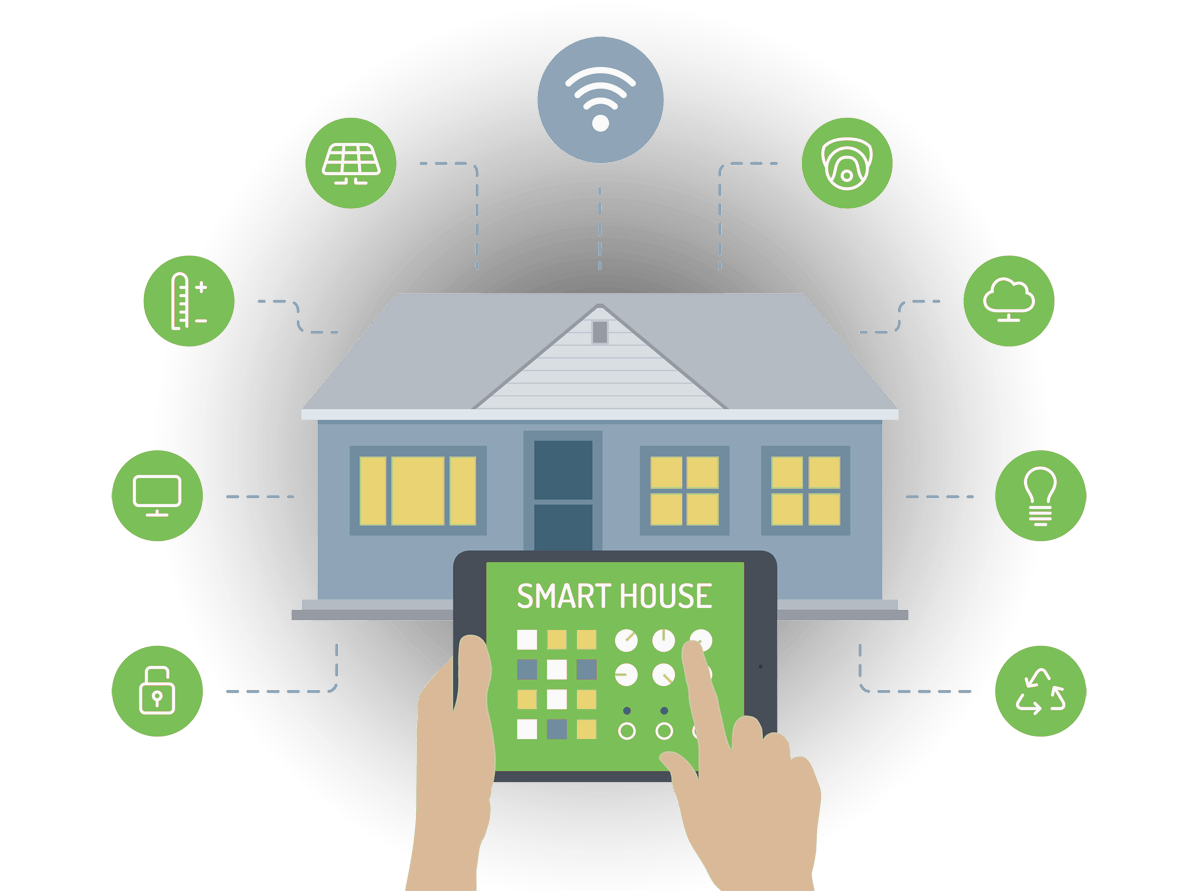
![9 Best Cybersecurity Podcasts to Follow [2023] 6 9 Best Cybersecurity Podcasts to Follow [2023]](https://www.eescorporation.com/wp-content/uploads/2021/10/CyberSecurity-Podcasts.jpeg)

